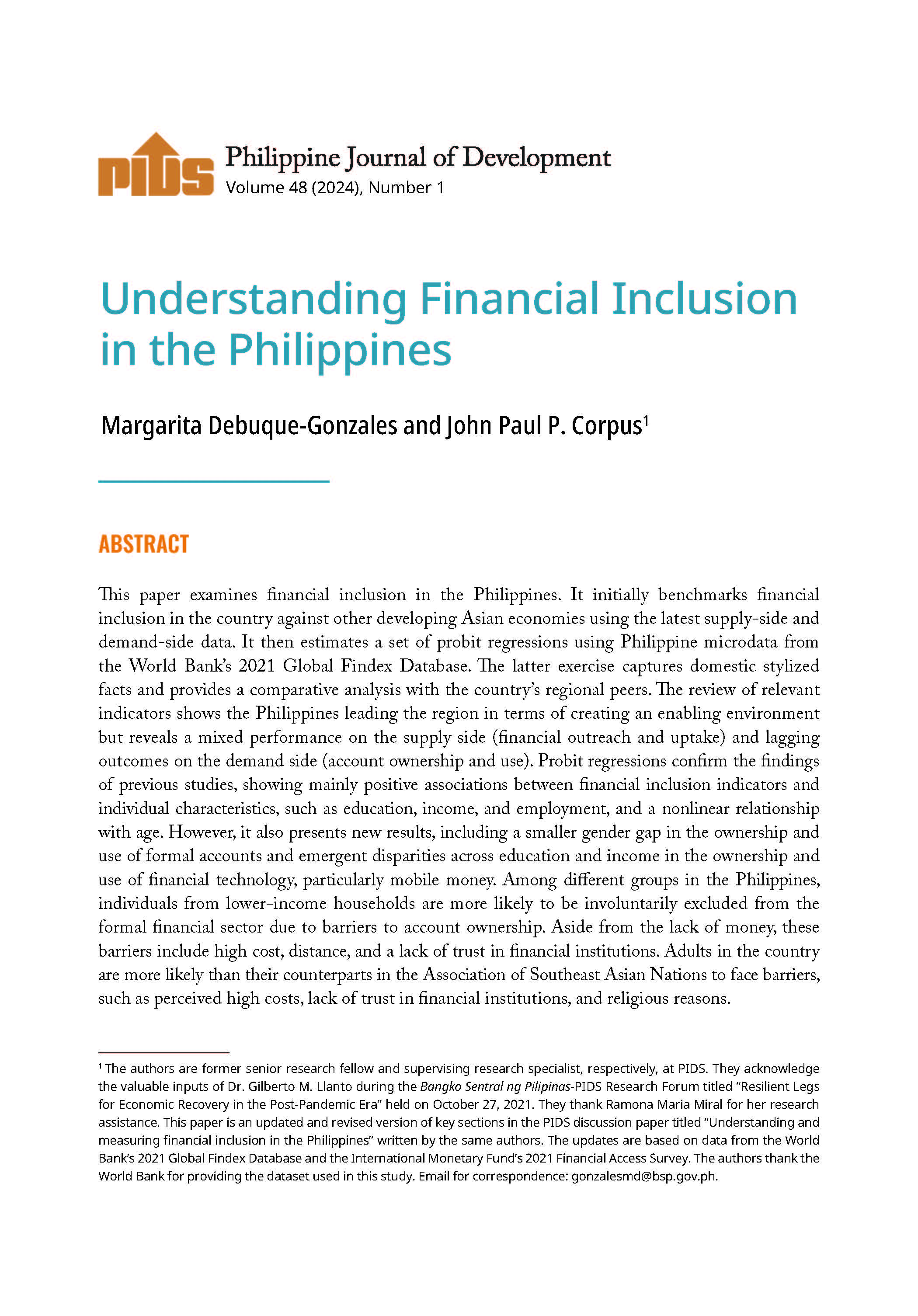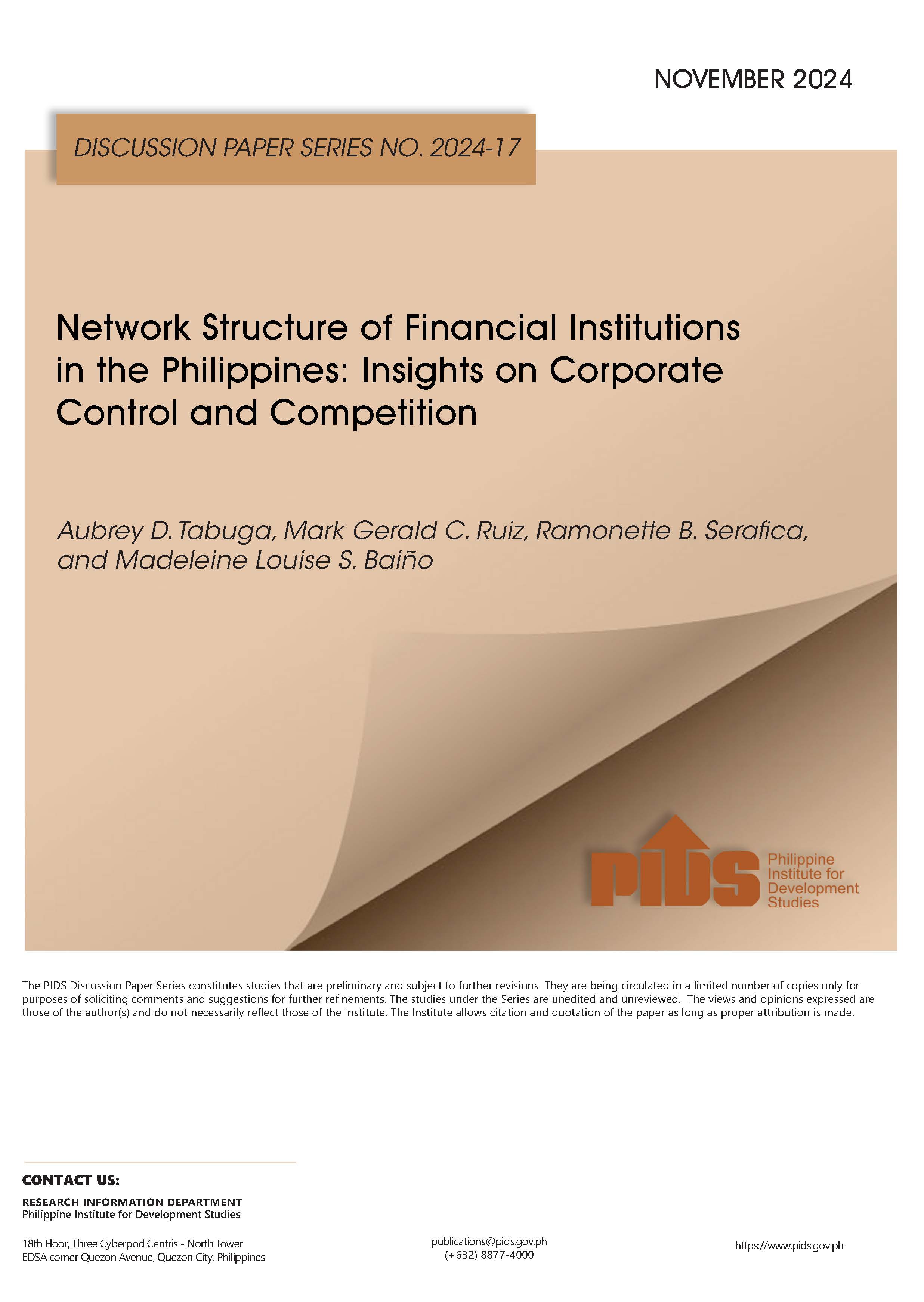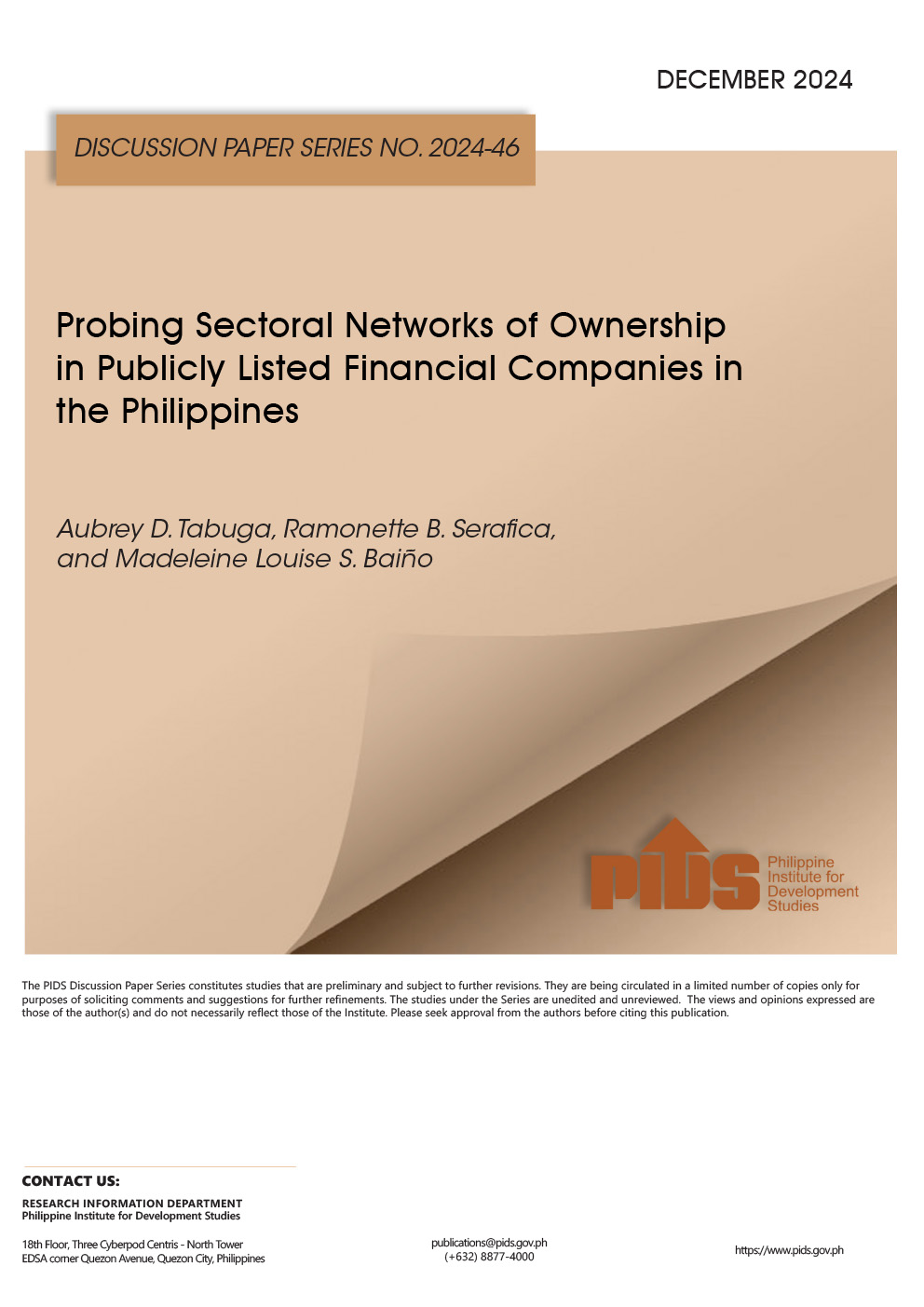AT no other time had recruitment of NPAs been more striking than in the martial law years of Ferdinand E. Marcos Sr., the father of the incumbent President Bongbong Marcos. And I refer not only to the communist New People's Army but also to non-performing assets among government financial institutions (GFIs) during the elder Marcos' dictatorial reign.
In my home province of Eastern Samar alone where, in the early 1980s government responded with militarization of upland communities that resisted the destruction of their environment caused by a logging company owned by Juan Ponce Enrile, Marcos' defense minister and chief implementer of martial law at the time, hundreds of farmers and members of people's organizations, including religious groups, joined the armed rebels when military atrocities became rampant, and people had nowhere to go for cover. In what became an unbroken streak of madness — now less recognizable by a just cause that underpins it than by a morbid cycle of reprisals — the bloody encounters sadly continue to claim lives up to this day.
But today's column shall look at the other NPA, not the waste of human lives (whether these invaluable and inviolable lives are those of government forces or of rebels), but the equally unacceptable waste of livelihood and people's money.
The near collapse of the financial system in the 1980s and the ensuing downturn of the economy, which also contributed to the fall of the first Marcos government in 1986, was largely rooted in GFIs being lost in a morass of bad loans, bad guarantees, and bad equities.
Although the Philippines experienced a relatively robust economy from 1971 to 1980, averaging a growth rate of 6.4 percent, this growth was largely driven by debt. Investments during that period grew by about 10 percent annually, fueled not by virtue of overflowing domestic savings, but by riding on the back of government-guaranteed foreign borrowings. From $2.3 million in 1970, external debt ballooned to $225.46 million in 1986, according to Central Bank data. Of these loans, 77 percent went to the public sector while 23 percent went to the private sector.
Get-rich quick conglomerates such as the Construction Development Corp. of the Philippines (CDCP, now known as the Philippine National Construction Corp., a government corporation), Delta Motor Corp. and the Herdis Group of Companies (HGC), gobbled up dollar-denominated loans that were being recycled by foreign banks from surpluses of their bulging "petro dollar" chests. As in many other cases, these industry giants were headed by either close associates or relatives of the president. The HGC, for example, was headed by Herminio Disini, one of the elder Marcos' golfing buddies and the husband of a first cousin of then first lady Imelda Marcos.
GFIs were big enablers of the feeding frenzy. They either issued fat loans to or granted guarantees to foreign loans contracted by the emerging giants of the corporate world. The Development Bank of the Philippines (DBP), for example, had an exposure of more than P7 billion in over a hundred corporations in 1981. For CDCP, the total exposure of P3.9 billion by GFIs dwarfed the company's paid-in capital of P1.2 billion.
As the economy wobbled from the oil shock in 1979 (prices went up, among other ill-effects) and the liquidity crisis prompted by the disappearing act of Dewey Dee in 1981, these giants fell one after the other. Dee left the country with millions of unpaid debts, igniting a bank run that shook the financial system. As it did with ailing corporations, government tried to rescue the finance companies, but only succeeded in seeing its budget deficits rise to new levels. The Central Bank and GFIs [the DBP, Philippine National Bank, Land Bank of the Philippines (LandBank), Social Security System, and Government Service Insurance System] mobilized their resources to resuscitate the dying financial institutions.
But government could only do so much. By 1984, the country's balance of payments position was too shaky for anyone's comfort. A steep devaluation ensued, resulting in billions of losses for borrowers of dollar-denominated loans, inflation skyrocketed, and the overall economy contracted by 11 percent. When the DBP incurred foreign exchange losses to the tune of P1.35 billion in 1984 and P92 billion in 1985, or when it sold a non-performing account (Galleon Shipping, one among many NPAs) at a loss of P1.2 billion, it fully captured the picture of a country in distress. If private companies were in shambles, government was in a crash mode.
How did it come to that point where the owners of government corporations — the taxpayers — had to lose their shirts?
Aside from external factors such as the oil shock of 1979 (there was also one in 1973), studies revealed that fraud was to blame for the loss of funds that people had entrusted to the care of their representatives in government.
Former Philippine Institute for Development Studies president Mario Lamberte in "Assessment of the Problems of the Financial System: The Philippine Case" (1988), wrote that "fraud was committed at the highest level of government in the case of ... PNB and DBP. [They] were saddled with behest loans and guarantees that went sour. Behest loans and guarantees were accommodations which could not have been granted by these banks to President Marcos' relatives, cronies, and associates were it not for his pressure and/or personal endorsements."
In "the Philippine Financial System and the Debt Crisis," economics professor Ponciano Intal, et. al, observed that the "large degree of government involvement in financial markets... encouraged the flow of funds at low cost to politically favored, and ultimately very low return, investments."
The saying among bankers that "Heads I win, tails you lose" happens when politically connected entities borrow money from GFIs for investments. When their investments succeed, these lucky borrowers laugh all the way to the bank. When they fail, banks hide the losses and government comes in to repair the damage. In any case, taxpayers will never know why government corporations go bankrupt, and why they need to put in more money to revive them.
People will never know why, in the past, both DBP and LandBank needed fresh capital infusion funded by taxpayers money so that they could continue to operate. They will never know why, in 2016, government believed they should be merged; or why government, in 2017, decided to abort the merger; or why today government appears convinced that the merger should proceed as earlier planned.
Government banks, like any government enterprise, have two basic goals: one is to make a profit from their operations, the other is to use some portion of their profits to support the financial needs of their "special" clients — which include, in the case of LandBank and DBP, farmers, fisherfolk, cooperatives, small and medium enterprises, among others. If they can achieve only one purpose and not both, then privatization, and not a merger, should be the better option.
If the merger results in greater efficiency that will lead to larger amounts of profit, and therefore, theoretically at least, put them in a better position to serve their special clients, I do not think the owners — the taxpayers — will get in the way of that possibility.





